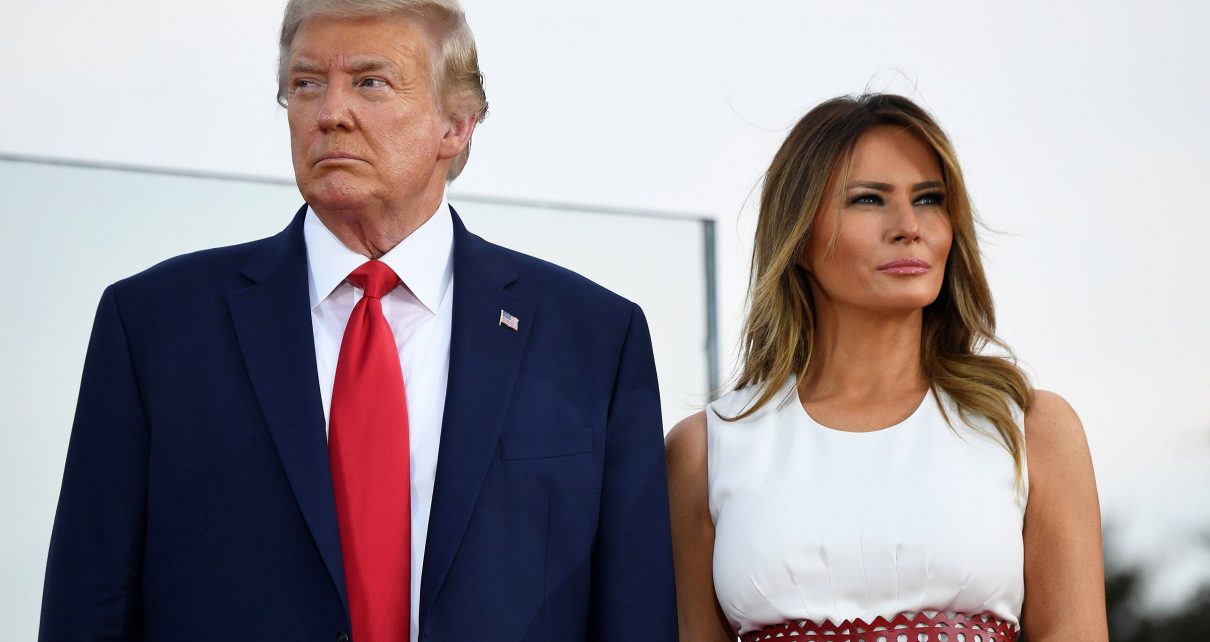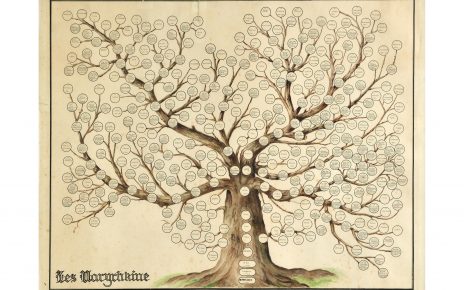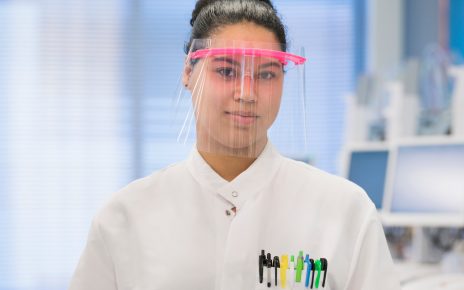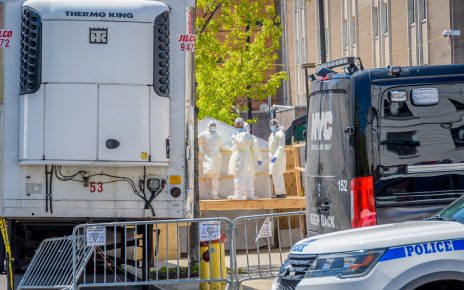With the president and first lady’s stunning diagnoses of COVID-19, the couple will receive exemplary care. They will have all the support they need to—we hope—emerge fully recovered from this potentially lethal virus.
That’s as it should be. But the tens of millions of Americans who could receive similar diagnoses will be continue to be sent into spirals of uncertainty—and, for a tragically large number, death itself. Too many of those who fall ill will not have the means or wherewithal to follow even the most basic Centers for Disease Control and Prevention guidelines for those who have been exposed.
The news that the coronavirus has infected one of the most powerful people on the planet should serve as a sobering reminder that this pandemic knows no politics and respects no borders. It’s a reminder, too, that the U.S. government, at the federal, state and local level, needs to provide support through the duration of this pandemic so that every American has what’s needed in the event that they, too, are struck by this virus.
From the earliest days, we had a good sense of how to control the novel coronavirus: wear masks, practice social distancing, wash your hands. We take these actions to protect ourselves, our families and those around us. And when someone is potentially infected, they need access to testing, a public health force trained to do contact tracing, and the ability to isolate and quarantine. For those who are sick, high-quality health care services make a big difference. With around 208,000 deaths and counting, however, we must do more.
We know that if we embrace public health practices and follow the world’s top scientists at the CDC, the National Institutes of Health, and the Food and Drug Administration, our nation will fare better in the days ahead. As we observed in 2009 during the H1N1 pandemic and have seen again with the coronavirus, communities of color and low-income workers are hit hardest during public health emergencies—not because of the decisions individuals make but because of the impossible choices our nation has forced on so many. Systemic racism and embedded barriers put people, and then their communities, at greater risk.
The frontline workers who have kept this country afloat over the past seven months have also suffered the most because of the nature of their work and the failures of our society. People of color are overrepresented in transportation, childcare, social services and health care in both homes and hospitals. More than 40 percent of frontline workers are people of color, and Black, Latino and Native Americans have suffered disproportionately in infections and deaths.
During this pandemic, our societal and structural failures have been laid out for the world to see. At least 28 million Americans don’t have health insurance, and millions of others are underinsured. Too many parents, often those in low-wage jobs, don’t have paid sick leave. About 60 percent of the workforce is paid hourly, and the strains on these workers during the waves of closures and economic shutdowns have proved devastating.
The $2.2 trillion poured into the economy through the Coronavirus Aid, Relief, and Economic Security (CARES) Act is a quickly dwindling memory: millions of Americans in lower-paid jobs have not seen those jobs come back, and the money the government sent them months ago is likely gone. Federal protection from eviction and foreclosure doesn’t cover all who are at risk. And for those who are covered, there is no support for back payments. We must redouble our commitment in both the short- and long-term to provide the support the most vulnerable people in the U.S. need for the duration of this pandemic. Nutrition support, expanded unemployment benefits, eviction moratoriums, rental assistance and support for education programs must be extended well into 2021. The short-term needs are acute, and the long-term system challenges must be addressed in the new year.
The first family’s diagnosis is just the latest indication that we are nowhere near the end of this pandemic. More than nine of every 10 people in this country have yet to be infected by the coronavirus. With more than 200,000 deaths already and a projection of 371,000 deaths by the year’s end, we need to continue to embrace the guidance laid out by public health experts that we know works: again, we must wear masks, practice social distancing, test and trace, and make prudent decisions for individuals and for their communities.
The hopes for a vaccine continue to rise, and I, too, am optimistic that one will emerge from the scores of efforts around the world, though that result is not a certainty. Even a vaccine will not be enough to end the misery of this pandemic, however. We have no idea how effective any of these vaccines might be, and if the U.S. were to approve one before the end of the year—and that’s still a big if—distributing it across the population would take much of 2021. In addition, children, who have been shown to be spreaders, will not be among those vaccinated early on. That’s because the trials, by design, do not include them. These factors are among the reasons the road we are on is a long one. But it’s a road that we, as a nation, have no choice but to take together.
The president and first lady’s diagnoses should serve as a wake-up call to us all. COVID-19 will thrive if we are divided and dismissive of its dangers. And it can only be bowed if we follow the public health road map to a better day.




